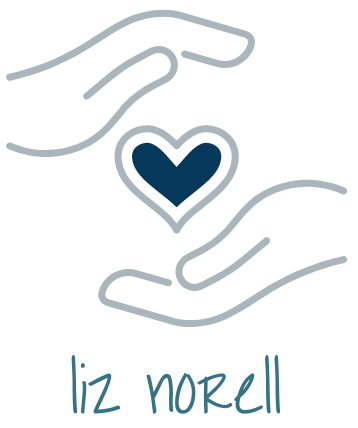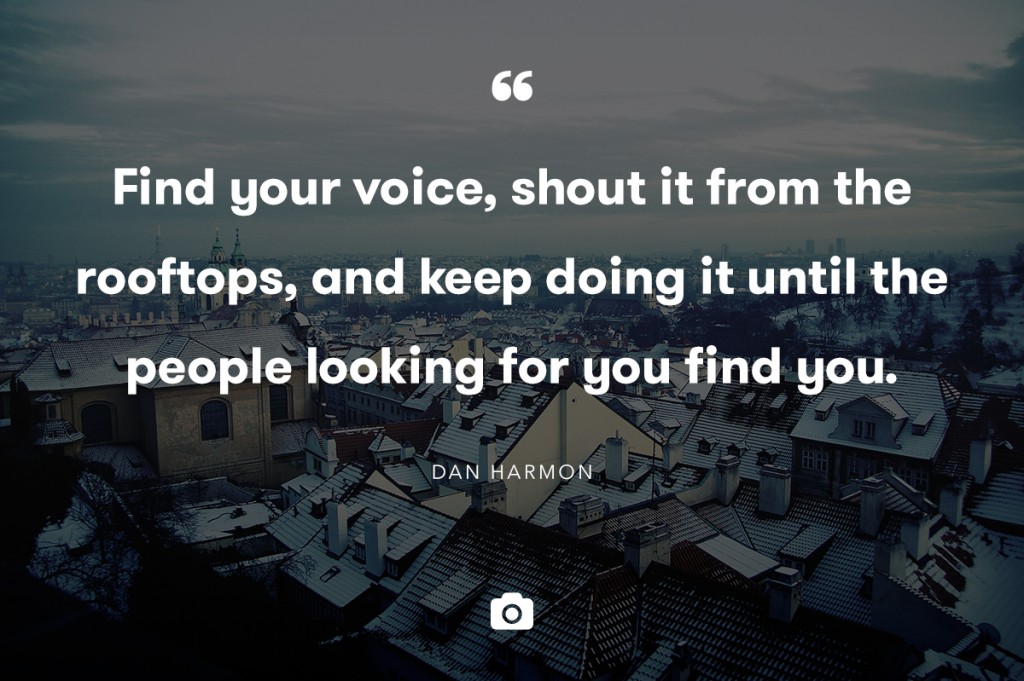“I know you don’t want to hear this, Liz, but I really think you’re on the spectrum.”
A friend said this to me during a particularly tense phone conversation back in the spring. It wasn’t the first time they’d suggested I might have Autistic traits, but it was the most forcefully they’d expressed it.
When I’d first heard that suggestion, I discarded it as nonsensical. I had this image in my mind of what it meant to be “on the spectrum,” mostly informed by my experience with one teen boy and having watched Douglas twice. So, you know, a truly deep well of expertise. :insert eye roll:
I mean, I’ve not ever struggled to make friends. I feel pretty intuitive, and eye contact comes easily to me. Based on the stereotypes of Autism, I had a hard time seeing that in me.
But the force with which this trusted friend–one with experience working with those on the spectrum AND some actual academic expertise in psychological stuff–insisted I had a constellation of traits consistent with Autism? It was enough to convince me to explore.
And then, I picked up Devon Price‘s book Unmasking Autism: Discovering the New Faces of Neurodiversity. It’s fair to say that reading this book has changed everything.
I read four pages before I was hit with my first smack ‘tween the eyes. Price writes in the introduction: “The more I read about Autism, the more things began click into place. I had always been overwhelmed by loud sounds and bright lights. I got inexplicably angry in crowds; laughter and chatter could make me blow up with rage.”
So… I don’t necessary get rage-y when surrounded by laughter and chatter. But I definitely see a lot of myself in just those three sentences. I feel the extremes of sensory input like physical ailments. I feel actual pain at too-loud music. I fight with my family over my strong, strong preference against overhead lights, instead preferring up-lighting from lamps. I shut down in crowds, often resorting to panicked tears if people are too close to me.
For example: My ex-husband and his parents (dad/stepmom and mom/stepdad) made an annual trip to NIOSA (that’s Night in Old San Antonio, for those who’ve been fortunate to escape this particular kind of Liz Hell). For the three or four years we were in Texas and together, I was subjected to this family pilgrimage. It was always a nightmare for me. We went on Thursday or Friday night, usually, and it was a festival of authentic TexMex food (corn tortillas as far as the eye can see — not my favorite, to put it mildly), Latinx music, beer–OH! the beer, and PEOPLE EVERYWHERE. In April in San Antonio, when you’re not getting an early-evening temperature below 85 or 90 degrees.
Here’s a photo that’s representative of my experience:

I don’t even have words for how much anxiety JUST THIS PHOTO gives me. My heart rate is up looking at those people. But the last time I went, I remember being near the entrance we always used, caught in a crowd of that rough composition, everyone trying to move forward to the food stalls ahead. I felt strangers’ bodies pressed against me on all sides. And… I just started sobbing. Full-on, ugly-cry sobbing. For my former in-laws, this was a true quandary: they loved NIOSA with every fiber of their collective beings, but I was clearly not in good shape. I think I eventually convinced them I would be fine, just go along with out me. They had their fun, and I found a tiny patch of unoccupied territory near a wall and tried not to move.
So as I read those words on page 4, I thought:
OK, sure. But I’ve just got anxiety, right? The fact that bright lights and loud noises and huge crowds freak me out doesn’t mean I’m Autistic. NOT THAT THERE’S ANYTHING WRONG WITH BEING AUTISTIC!!!!
I kept reading.
“Autistic women … often had their traits ignored when they were young, or have symptoms of distress interpreted as ‘manipulative’ or ‘aggressive’,” Price continues on page 6. (I’m still only on page six.) Hmm. So that hit home a bit. Recently, quite disorientatingly, I was accused of being a “master of manipulation.” A colleague wrote about me in the workplace: “When given explanations which are not to [her] satisfaction, clarifications are met with belligerency.” I’ve never, ever seen myself as manipulative or aggressive, but clearly at least two people in my life this year do. So………. hmm.
This line of thought led me to recall another moment from my past. A couple of years ago, I had an extremely strong response to a request by email from one of my supervisors. The request was not unreasonable and should not have mattered all that much to me, but it sent me into a total tailspin. I simply could not let it go. I was deeply frustrated and angry, and my response was all id. I probably spent two weeks unable to control random spates of crying — mostly not at work, but somewhat infamously, for nearly the entirety of one single work day. To this day, I have trouble explaining why my reaction was so pronounced. I don’t understand why this relatively small request might have completely shattered my ability to control myself at work. But it did.
And that occurrence is entirely sensical if the person who’s lost control is Autistic and suffering what Price describes as Autistic burnout: “a state of chronic exhaustion where an Autistic person’s skills begin to degrade, and their tolerance to stress is greatly reduced” (p. 18). Or, as Price writes later in Chapter 1: “Too much change may cause us to become really exhausted, or to freak out” (p. 25). That’s what happened. It doesn’t make sense because it is not sensical. I just freaked out. This reaction has all the traits of an Autistic meltdown: “which tends to involve even more crying, self-harm, or outward aggression” (p. 34).
(By the way, when I think about that moment, I still freak out. As I write this, it’s hard not to cry all over again, years later.)

But, like, wait up. I have close friends–good friends! I’ve always had a small number of close friends and called my social anxiety “introversion.” That’s all it is, right? Except, Price has an answer for this, too: “Some Autistics can read people’s emotions so easily that it’s overwhelming” (p. 29). Oh. OH. Ohhhhhhhhh.
What about that eye contact thing? “Many of us stare too strongly by neurotypical standards, or for too long” (p. 42). Oh. OH. Ohhhhhhh. Yeah, I totally do that. People have told me my eye contact is intimidating before.
Suffice it to say, about two chapters in, I was convinced. Basically, I am the target audience for this book, and it has taught me so much, helps me understand things about myself that I have never been able to explain.
It also, frankly, pisses me right the fuck off. I wish I’d understood this about myself years ago. It would’ve made the processes of self-understanding and self-advocacy even easier. I could have requested accommodations at work; I could’ve had a better chance of explaining to perplexed coworkers (and myself) behaviors that seemed out-of-character or inappropriate. I could’ve helped myself and others make sense of the nonsensical. I could’ve tried to protect myself from censure for just being me.
Because this book has been so helpful to me, I want to share a few things from Price’s book — which I think you should read, btw — that really resonated with me.
First: Common Autistic Communication Needs (pp. 208-209)
- Clear expectations, such as: specific plans with details about time, place, and what is likely to happen. Specific, measurable outcomes or goals.
- Explicit messaging, such as: giving direct explanations of feelings. Not punishing or judging people for failing to read between the lines.
- Reduced sensory/social load, such as: allowing people to express emotions and opinions via text, email, or handwritten note. Giving people alone time to reflect on their feelings and beliefs. Providing frequent breaks from socializing, or quiet spaces people can retreat to.
Next: Building Sensory-Friendly Public Spaces (pp. 236-237)
- Visual: Make lights dimmable. Use diffused light sources rather than overhead or fluorescent lights.
- Auditory: Ensure speakers use microphones consistently–yelling is much harder to understand than speaking evenly into a mic is. Equip spaces with materials taht absorb and dampen echo, when possible.
- Tactile: Adopt a relaxed dress code, so people can dress comfortably. Normalize the use of stress balls, fidget spinners, doodling, etc. Fight the idea that makeup, uncomfortable footwear, high heels, or bras make a person more “professional.” Space out chairs, provide semiprivate seating near corners or barriers.
- Olfactory and Gustatory: For catered events, tell attendees the exact menu beforehand. Provide “bland” foods as a backup.
Finally: Common, Healthy Autistic Behaviors (p. 243)
- Intense studying of a new favorite topic.
- Not noticing sounds or social signals when focusing on an engrossing task.
- Needing to know exactly what to expect before entering an unfamiliar situation.
- Sticking to a very rigid schedule and rejecting deviations to that schedule.
- Taking a long time to think before responding to a complex question.
- Spending hours or days alone sleeping and recharging after a socially demanding event or stressful project.
- Needing “all the information” before coming to a decision.
- Not knowing how they feel, or needing a few days to figure out how they feel about something.
- Needing a rule or instruction to “make sense” before they can follow it.
- Not putting energy toward expectations that seem unfair or arbitrary, such as wearing makeup or elaborate grooming.
If you’ve read this far, you’ve probably figured out that I’m now fully identifying as Autistic. This is a really new concept for me, a very new identity, and I don’t really know what this might mean for me going forward. But this feels like a major revelation, and it’s all due to a close friend who could see something in me that I hadn’t yet seen for myself.
So thank you, friend. I dedicate this post to you and your beautiful, caring friendship. I love you immensely.








